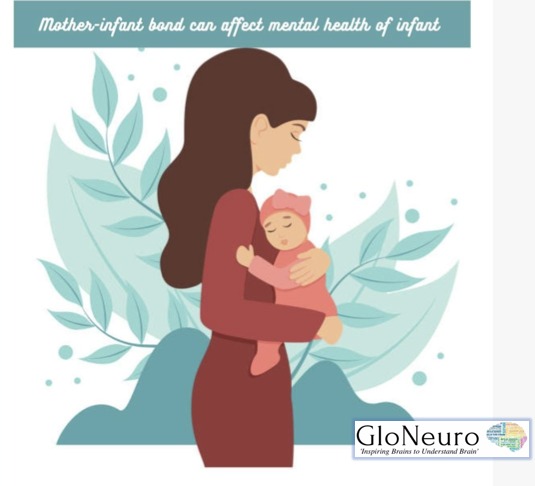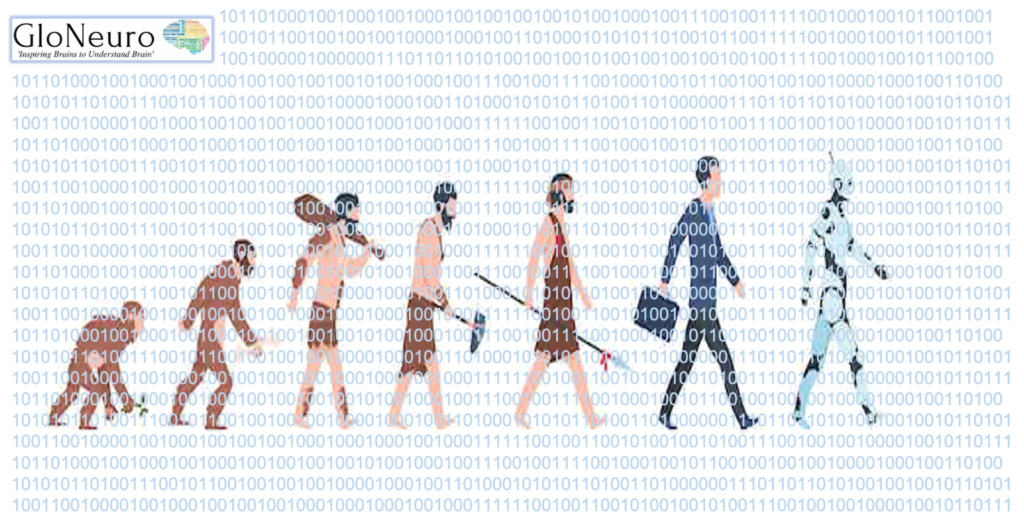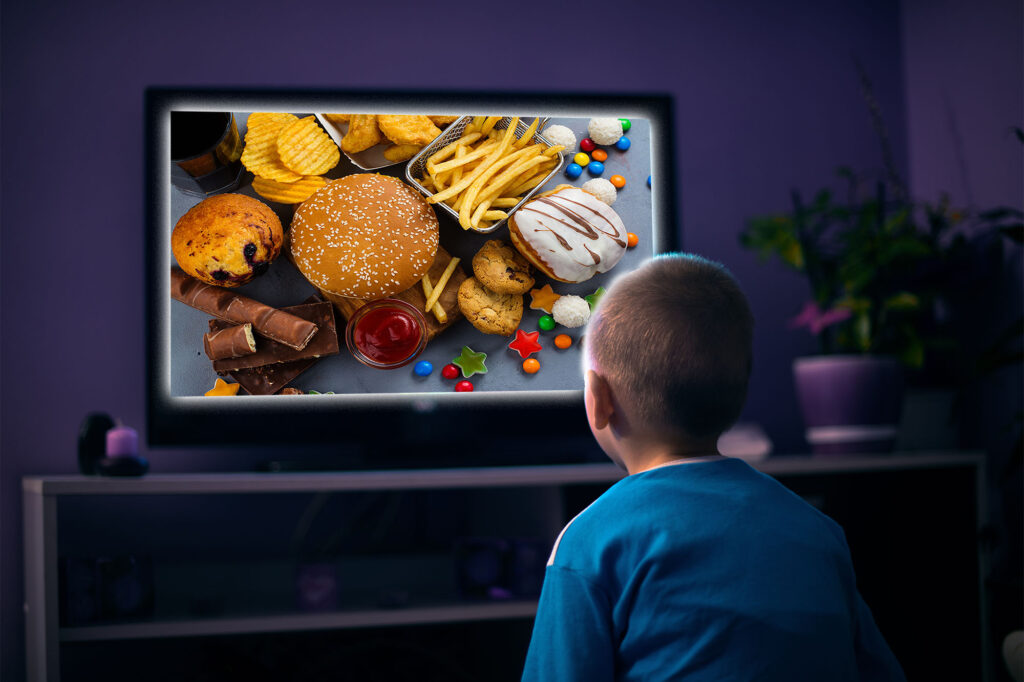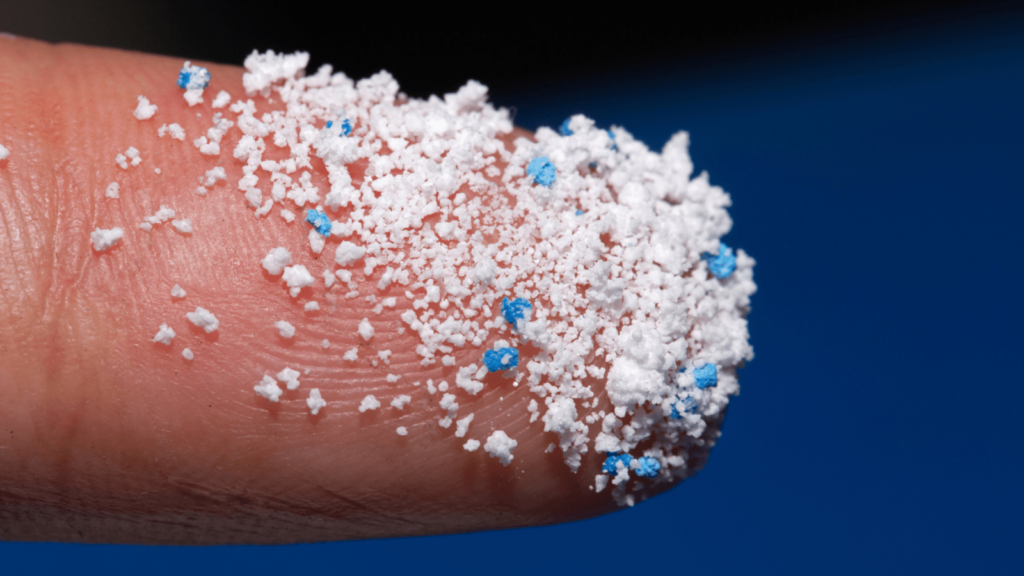May 26, 2023
Author: Ritika Bhardwaj
Editor: Dr. Shampa Ghosh
The unbreakable bond between a mom and her baby is a topic that has fascinated scientists and all for ages. What drives this extraordinary connection? How does it shape the course of a child’s development? In this GloNeuro blog article, we dive into the fascinating world of neurobiology to uncover the intricate mechanisms underlying mother-infant attachment. From the moment of birth, a complex interplay between biological factors and the environment sets the stage for the development of a profound and lasting bond. We’ll explore the role of hormones like oxytocin and dopamine, delve into the fascinating concept of mirror neurons, and uncover how brain regions like the amygdala and prefrontal cortex contribute to the magic of mother-infant bonding. Join us on this captivating GloNeuro journey as we unravel the science behind one of the most powerful and profound connections known to humankind.

The remarkable bond shared between a mother and her infant has captivated scientists, driving their research into the topic. Early childhood development relies heavily on the crucial process of mother-infant bonding, as it lays the foundation for the child’s physical and psychological growth. This blog delves into the intricate neurobiology behind this special bond, shedding light on the fascinating mechanisms at play.
The formation of a bond between mother and infant occurs through two essential steps. Firstly, a rapid process of selective recognition takes place immediately after birth, followed by the development of a lasting affection. The initial phase, known as recognition, is regulated by hormone factors, particularly oxytocinergic hormones. On the other hand, the establishment of a long-term connection relies on anatomical changes in the mother’s brain, which become independent of hormonal regulation.
Several neurotransmitters play a crucial role in mother-infant bonding. Oxytocin, often referred to as the “bonding hormone,” promotes social connection and innervates various areas of the brain involved in social behavior, cognition, and reward processing. Its release during childbirth, skin-to-skin contact, and breastfeeding enhances the bonding between mother and infant, fostering the development of their relationship and reducing fear and stress.
Dopamine, a neurotransmitter associated with pleasure and reward, is also implicated in mother-infant attachment. Strong interaction between mother and infant triggers the release of dopamine, reinforcing the relationship and serving as a reward for the mother to further engage in nurturing behaviors.
Serotonin, another crucial neurotransmitter involved in mood and emotion regulation, influences a mother’s attentiveness and response to the needs of the infant. Adequate serotonin levels are essential for the formation of attachment bonds, as low levels have been associated with reduced maternal bonding and increased risk of postpartum depression.
Prolactin, often referred to as a “stress hormone,” plays a role in stress adaptation and the attenuation of neuronal stress circuitries. Its regulation helps suppress the overproduction of cortisol, a stress hormone, and prevent HPA axis hyperactivity, thereby influencing the mother-infant bonding process.
The hypothalamic-pituitary-adrenal (HPA) axis, a complex neuroendocrine system involved in stress management, is significantly impacted by maternal stress during and after pregnancy. Excessive stress may hinder the formation of a stable attachment bond, as it can affect the release of the stress hormone cortisol.
Mirror neurons, a class of neurons activated when observing others’ actions or emotions, play a vital role in developing empathy and social skills. The interactions between mother and child encourage the growth of the baby’s mirror neuron system, facilitating the infant’s understanding and response to social cues.
The amygdala, a key brain region involved in emotion processing, also plays a significant role in bonding. Positive relationships between mothers and their infants activate the amygdala, improving emotional sensitivity and enabling the mother to recognize and respond to the infant’s emotional cues effectively, fostering a sense of security and safety.
During mother-infant bonding, the prefrontal cortex, responsible for higher-order cognitive processes like decision-making and emotional control, is active. It helps the mother understand the infant’s needs, empathize with them, and regulate her own emotional reactions accordingly. Strong mother-infant bonding supports prefrontal brain development in children, leading to better emotional control and adaptable social behaviors later in life.
The impact of maternal attachment on a child’s mental health is profound. Secure attachment supports emotional regulation, as infants internalize their mothers’ comforting responses, enabling them to manage their emotions effectively. This sets the stage for better mental health and fosters social and emotional development.
The mother-infant bond also serves as a stress reliever for the infant, as the presence of a caring and loving mother creates a sense of security, reduces stress reactions,
References:
- Walter, M. H., Abele, H., & Plappert, C. F. (2021). The Role of Oxytocin and the Effect of Stress During Childbirth: Neurobiological Basics and Implications for Mother and Child. Frontiers in endocrinology, 12, 742236. https://doi.org/10.3389/fendo.2021.742236
- Atzil, S., Touroutoglou, A., Rudy, T., Salcedo, S., Feldman, R., Hooker, J. M., Dickerson, B. C., Catana, C., & Barrett, L. F. (2017). Dopamine in the medial amygdala network mediates human bonding. Proceedings of the National Academy of Sciences of the United States of America, 114(9), 2361–2366. https://doi.org/10.1073/pnas.1612233114.
- Zhang, H., Su, Q., Yao, D., Wang, S., Dang, S., Ding, D., Zhu, Z., Shao, S., & Li, H. (2017). Prolactin, a potential mediator of reduced social interactive behavior in newborn infants following maternal perinatal depressive symptoms. Journal of Affective Disorders, 218, 224-230. https://doi.org/10.1016/j.jad.2017.04.041
- Pawluski, J. L., Li, M., & Lonstein, J. S. (2019). Serotonin and motherhood: From molecules to mood. Frontiers in neuroendocrinology, 53, 100742. https://doi.org/10.1016/j.yfrne.2019.03.001
- Spratt, E. G., Marsh, C., Wahlquist, A. E., Papa, C. E., Nietert, P. J., Brady, K. T., Herbert, T. L., & Wagner, C. (2016). Biologic effects of stress and bonding in mother-infant pairs. International journal of psychiatry in medicine, 51(3), 246–257. https://doi.org/10.1177/0091217416652382.
Recent Articles
.



